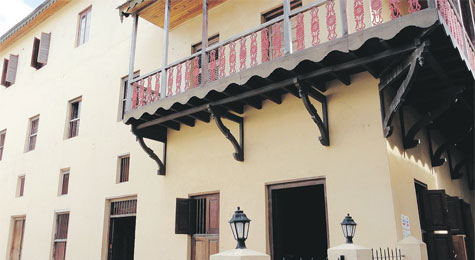×
The Standard e-Paper
Join Thousands Daily
 |
| The expansive house. |
Beside Mombasa’s Old Port stands the house that Ludwig Krapf built prior to venturing inland in his mission to evangelise the masses. Yet, the history of the house neither starts nor ends with Krapf, writes JECKONIA OTIENO
The history of the Leven House dates back to 1824. It is a fact that many of its occupants were important people and institutions.